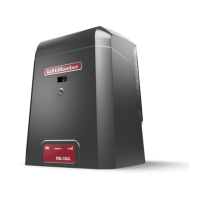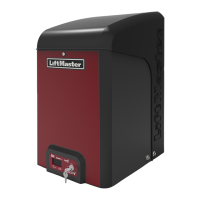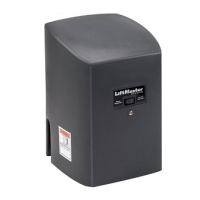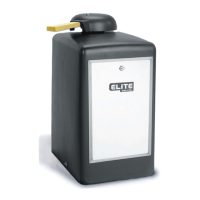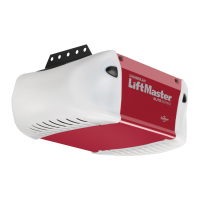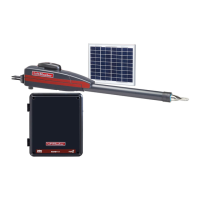5
Gate Construction Information
Vehicular gates should be installed in accordance with ASTM F2200: Standard Specification for Automated Vehicular Gate Construction. For a copy,
contact ASTM directly at 610-832-9585 or www.astm.org.
1. General Requirements
1.1 Gates shall be constructed in accordance with the provisions
given for the appropriate gate type listed, refer to ASTM
F2200 for additional gate types.
1.2 Gates shall be designed, constructed and installed to not fall
over more than 45 degrees from the vertical plane, when a
gate is detached from the supporting hardware.
1.3 Gates shall have smooth bottom edges, with vertical bottom
edged protrusions not exceeding 0.50inches (12.7 mm)
when other than the exceptions listed in ASTM F2200.
1.4 The minimum height for barbed tape shall not be less than 8
feet (2.44m) above grade and for barbed wire shall not be
less than 6 feet (1.83m) above grade.
1.5 An existing gate latch shall be disabled when a manually
operated gate is retrofitted with a powered gate operator.
1.6 A gate latch shall not be installed on an automatically
operated gate.
1.7 Protrusions shall not be permitted on any gate, refer to ASTM
F2200 for Exceptions.
1.8 Gates shall be designed, constructed and installed such that
their movement shall not be initiated by gravity when an
automatic operator is disconnected, in accordance with the
following.
1.8.1 Vehicular horizontal swing gate shall not result in continuous,
unimpeded movement in either direction along the arc of its
path of travel.
1.9 For pedestrian access in the vicinity of an automated
vehicular gate, a separate pedestrian access shall be provided
or available. The pedestrian access shall be installed in a
location such that a pedestrian shall not come in contact with
a moving vehicular access gate during the entire path of travel
of the vehicular gate. A pedestrian gate shall not be
incorporated into an automated vehicular gate panel.
2. Specific Applications
2.1 Any non-automated gate that is to be automated shall be
upgraded to conform to the provisions of ASTMF2200.
2.2 This specification shall not apply to gates generally used for
pedestrian access and to vehicular gates not to be automated.
2.3 When the gate operator requires replacement, the existing
gate shall be upgraded to conform to the provisions of
ASTMF2200.
2.4 When the gate of an automated gate system requires
replacement, the new gate shall conform to the provisions of
ASTMF2200.
3. Vehicular Horizontal Swing Gate
3.1 The following provisions shall apply to Class I, Class II and Class
III vehicular horizontal swing gates:
3.1.1 Gates shall be designed, constructed and installed so as not to
create an entrapment zone between the gate and the supporting
structure or other fixed object when the gate moves toward the
fully open and/or close position, subject to the provisions in
3.1.1.1 and 3.1.1.2
3.1.1.1 The width of an object (such as a wall, pillar or column) covered
by a swing gate when in the open position shall not exceed
4inches (102mm), measured from the center line of the pivot
point of the gate. Exception: For a gate not in compliance with this
provision, the defined area must be provided with entrapment
protection per UL325.
3.1.1.2 Except for the zone specified in Section 3.1.1.1, the distance
between a fixed object such as a wall, pillar or column, and a
swing gate when in the open position shall not be less than
16inches (406mm). Exception: For a gate not in compliance with
this provision, the defined area must be provided with entrapment
protection per UL325.
3.2 Class IV vehicular horizontal swing gates shall be designed,
constructed and installed in accordance with security related
parameters specific to the application in question.
SAFETY
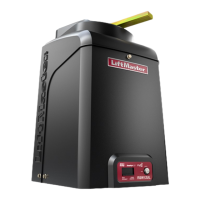
